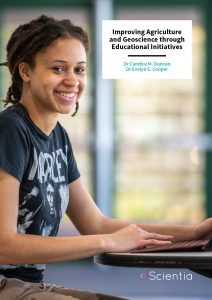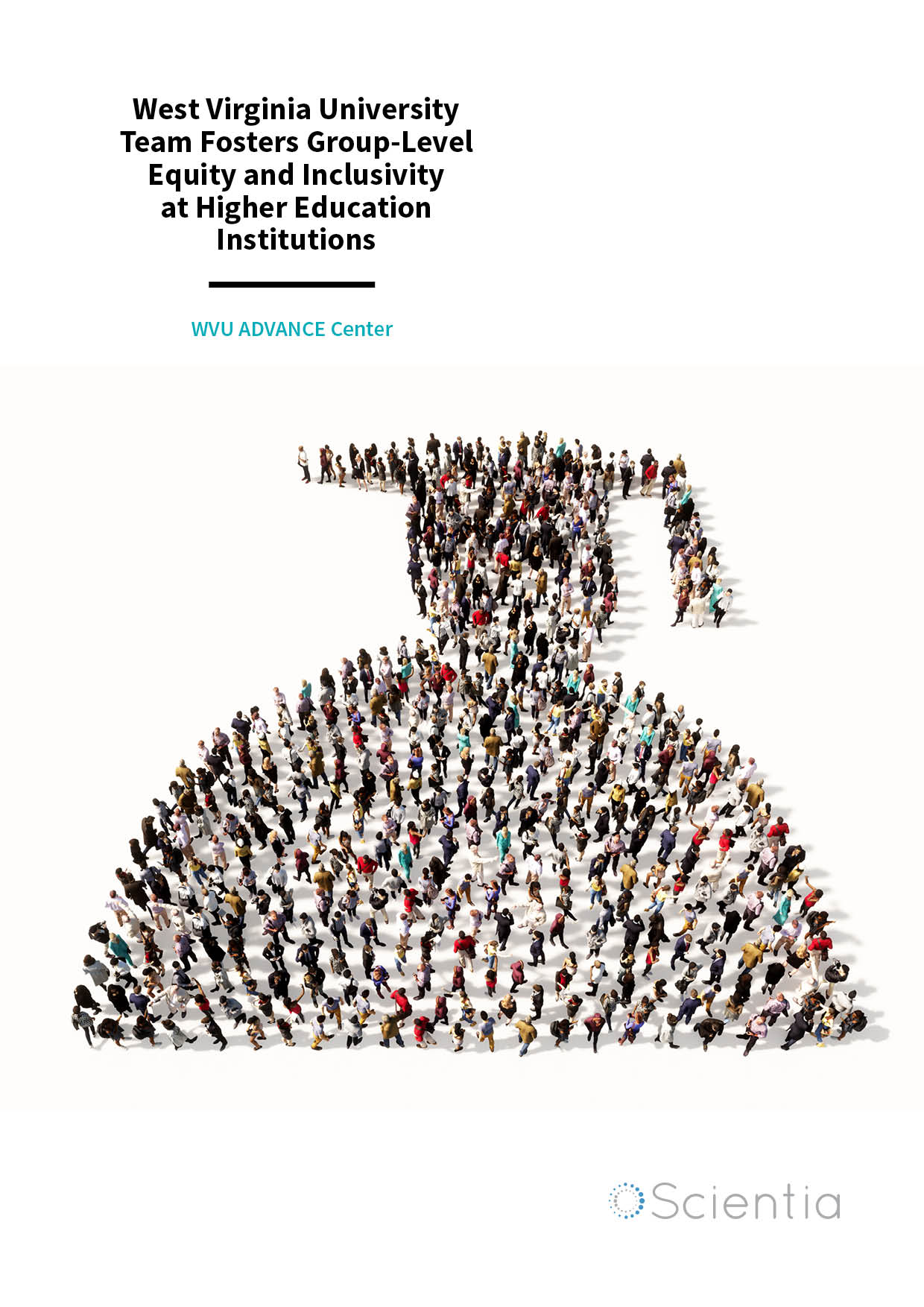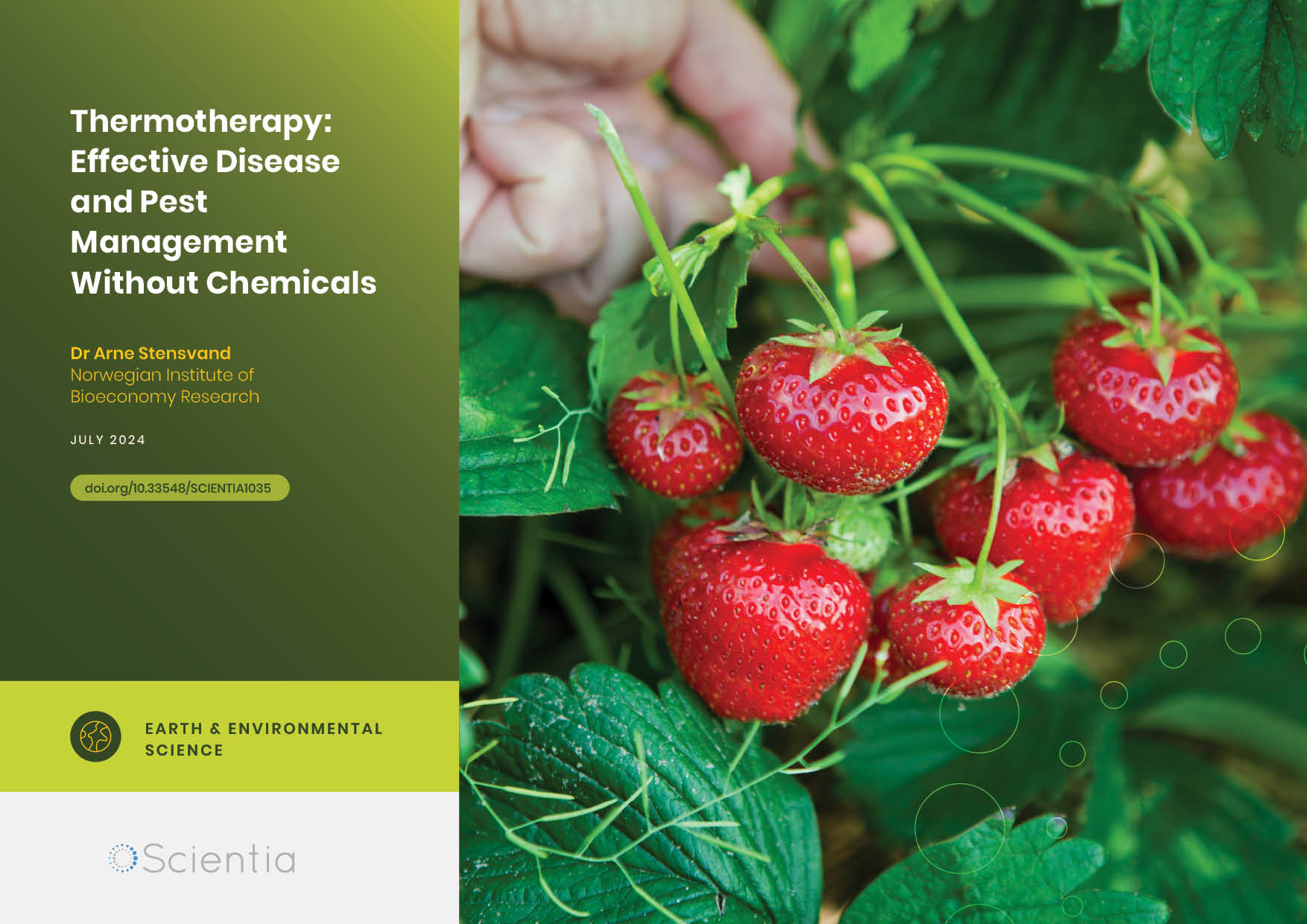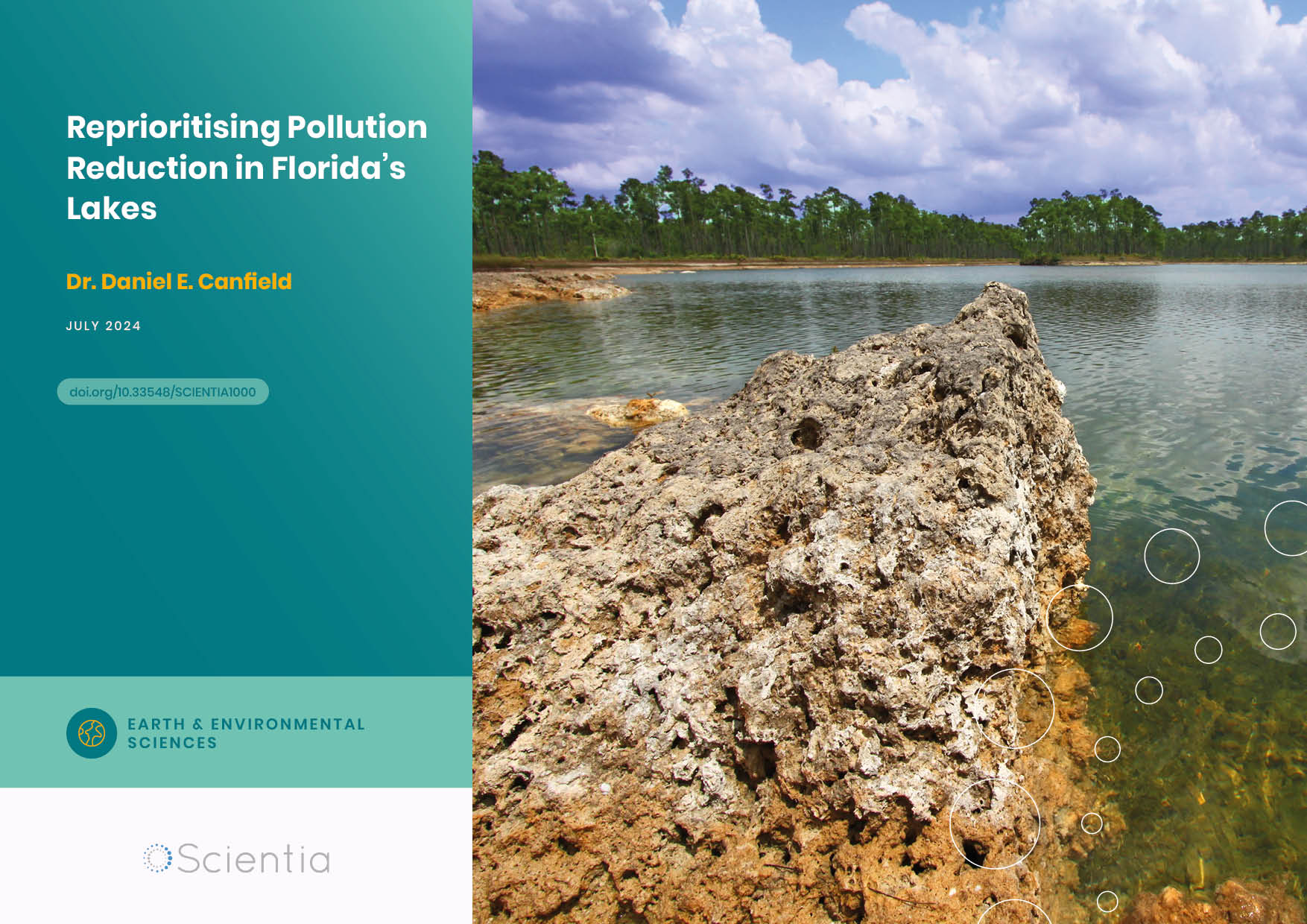Dr Evelyn Cooper | Dr Candice Duncan – Improving Agriculture and Geoscience through Educational Initiatives
Addressing the skills shortage within scientific sectors requires a targeted approach for attracting and retaining students in STEM education. Summer Opportunities in Agricultural Research and the Environment (SOARE), SOARE: Strategic Work in Applied Geosciences (SWAG) and AgDiscovery, three innovative programs at the University of Maryland, provide a gateway for continued education, particularly for students who are traditionally under-represented in scientific fields. Implemented by Dr Evelyn Cooper, the success of the AgDiscovery and SOARE programs at the university has led to the inception of the new SOARE:SWAG program. Co-directed by Dr Candice Duncan, SOARE:SWAG focuses on students within geoscience disciplines.
Tackling Shortages of Scientific Skills
Good quality education in science, technology, engineering and mathematics (STEM) is essential to sustaining a productive and innovative workforce in these fields. Research and innovation in environmental sciences, geosciences and agricultural sciences provide solutions to some of society’s most immediate and relevant challenges, such as food security, pollution, and environmental degradation.
However, the number of graduates in these subjects is not keeping pace with the need for trained professionals in the workforce. In 2022, there is a shortage of approximately 135,000 professionals in the geosciences workforce. As such, national agencies in the USA have called for improvements in undergraduate STEM education and subsequent experiences.
Numerous studies have demonstrated that providing students with hands-on learning experiences enhances their interest in scientific disciplines and improves retention. Activities such as field trips, internships and research projects are a determining factor for continued interest in agricultural science and geoscience.
Therefore, the College of Agriculture and Natural Resources (AGNR) at the University of Maryland, College Park, strives to provide these types of student experiences. Under the direction of Dr Cooper, who has a wealth of experience in research and in retention, diversity and inclusion initiatives, AGNR offers several programs that provide gateways to continuing education and skills development.

Three Innovative Initiatives
AgDiscovery is AGNR’s program targeted to high school students, which offers learning in agricultural science from AGNR faculty, practicing veterinarians, industry representatives, and professionals from the United States Department of Agriculture Animal Plant Health Inspection Service (USDA APHIS). This program aims to introduce these careers and disciplines to high schoolers as they consider pursuing degrees in higher education.
The Summer Opportunities in Agricultural Research and the Environment (SOARE) program offers undergraduate students the opportunity to work under the supervision of experienced academic researchers within AGNR, and other academic units, on research projects with real-world implications. The program provides a gateway to graduate education and aims to increase the number of under-represented students pursuing graduate studies and research careers in agriculture, environmental sciences, nutrition, food science, and natural resources.
Both AgDiscovery and SOARE have been running for approximately 10 years. Recently, AGNR implemented a new program, called SOARE: Strategic Work in Applied Geosciences (SWAG), under the direction of Drs Cooper and Duncan, to address the specific shortage within the geoscience workforce. SOARE:SWAG is geared towards students with an interest in geology, earth sciences, environmental science, natural resources management, and soil science.
The AgDiscovery Program
Sponsored by AGNR and the USDA APHIS, the AgDiscovery program provides eligible high-school students with insights into careers in animal and plant disciplines during a unique three-week learning experience. AgDiscovery participants also have the opportunity explore the importance of protecting America’s food supply from insects and disease, the role of regulation in genetically engineered organisms, and the challenge of managing and resolving wildlife conflicts.
Students gain hands-on experience through laboratory exercises, workshops and field trips, and participate in activities geared towards building character and interpersonal skills. Additionally, all participants completing the full AgDiscovery program earn three hours of university-level course credits through the module ‘An Educational Odyssey in Exploring Food, Culture, and the Environment’.
The AgDiscovery program is free to participants, covering tuition, accommodation, meals and costs associated with the activities. This helps to level the playing field for students from under-represented backgrounds, ensuring that financial factors do not pose a barrier to accessing the educational experience. Strikingly, about 20% of students who complete the AgDiscovery program apply and are admitted to an undergraduate degree program within AGNR at the University of Maryland.
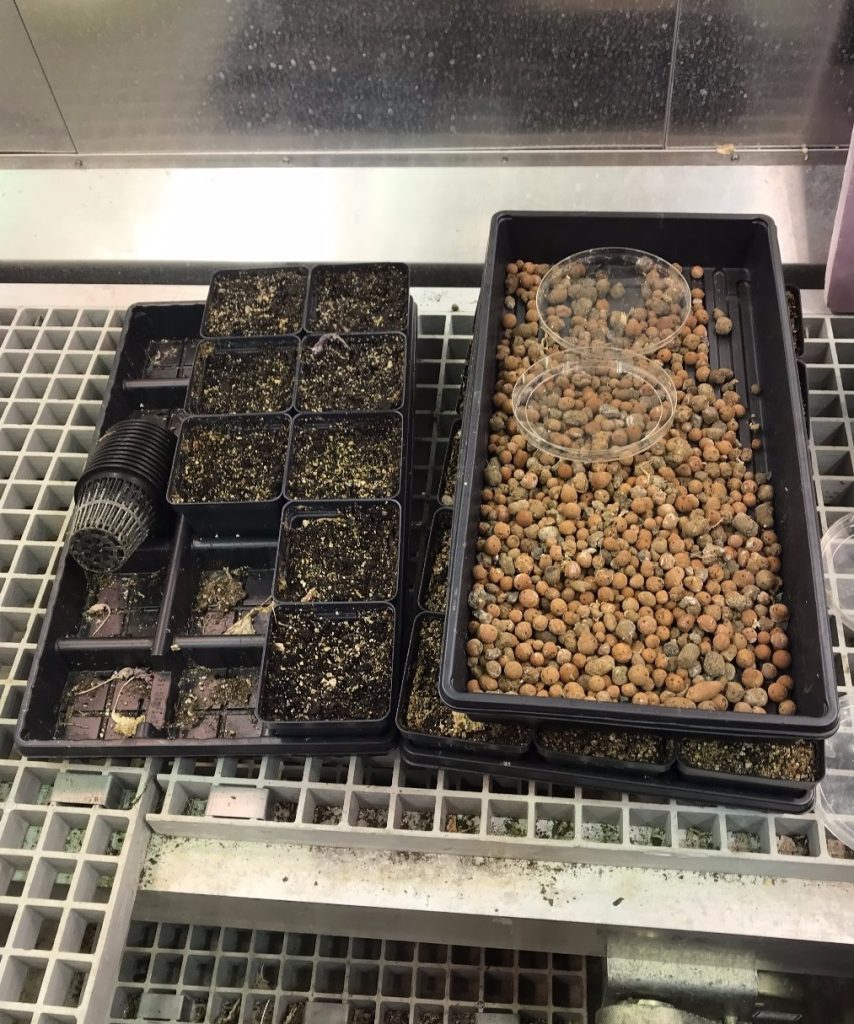
SOARE and SOARE:SWAG
The SOARE and SOARE:SWAG programs are a partnership between AGNR, The UMD Graduate School, and the Big Ten Academic Alliance Summer Research Opportunities Program. Undergraduate students participating in the programs spend ten weeks working closely with experienced AGNR faculty members on a research project.
Students gain on-campus research experience, the opportunity to establish important relationships within their respective disciplines, and insights into graduate studies. At the end of the ten weeks, students often have tangible results from their research projects, culminating in an opportunity to present their findings in a special program conference.
The research projects undertaken by SOARE students are highly varied. For instance, student Mariah Campbell examined how climate change impacts agricultural productivity and how this varies geographically. In other fascinating research projects, Dominique Desmarattes investigated the acquired resistance of insects to toxins produced by genetically modified crops, and Dania Khan studied how soil quality of vacant land can be improved through the use of organic fertilising methods.
SOARE and SOARE:SWAG students attend weekly seminars to learn about the graduate school experience, the application process, and graduate social activities available at the university. Students become acquainted with the graduate school culture and gain an understanding of what is expected of graduate students. These exercises help to demystify graduate study, effectively providing a gateway between undergraduate and graduate study.
In addition to the experiences led by the AGNR faculty members, program participants are given the opportunity to participate in leadership, professional, and career development activities organised by the university’s graduate school, the Joint Institute for Food Safety and Applied Nutrition, and the USDA Animal and Plant Health Inspection Service.
Program Success
A major goal of SOARE and SOARE:SWAG is to increase the number of under-represented students pursuing graduate study and research careers. ‘The program aims to recruit and retain under-served, first-generation, women, and under-represented minorities,’ says Dr Duncan. ‘The need to include and retain students associated with the aforementioned groups is of great importance.’
In 2018 and 2019, the SOARE program hosted two cohorts of 14 students each year. In 2020 and 2021, the cohorts consisted of 12 students, with the program provision adapted to overcome the challenges posed by the COVID-19 pandemic. Among the program participants, 46% were first-generation University of Maryland students. The 2022 cohort consists of 20 total SOARE and SOARE:SWAG students, a continued increase in enrolment.
Overall, 66% of students who had completed the SOARE program enrolled in graduate school or a professional program within life science, physical science, or food science disciplines. A further 20% secured employment in these industries.
Building on the success of the SOARE program, the new SOARE:SWAG program extends this opportunity to students within the geosciences. As co-director alongside Dr Cooper, Dr Duncan provides her extensive expertise in these subjects to the program.
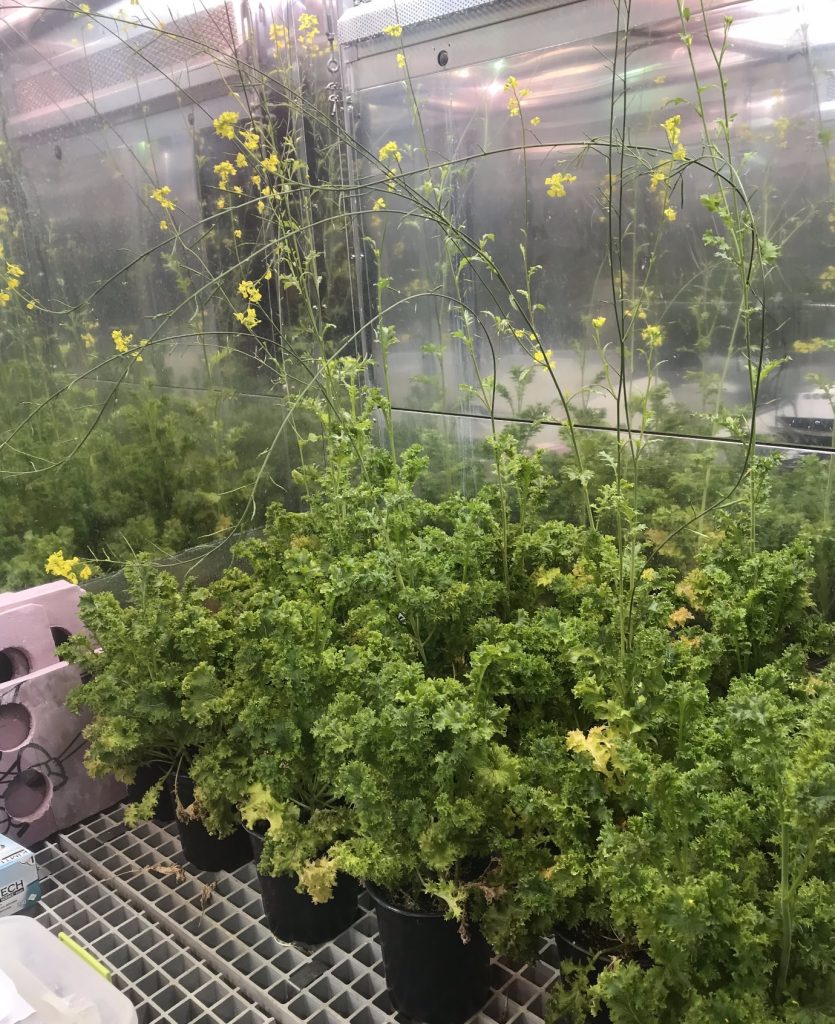
Dr Duncan’s Environmental Science Research
Dr Duncan’s research at the Environmental Analytical Science Laboratory – or the Duncan Lab – focuses on developing solutions for environmental contamination. Many compounds contaminating the soil, water, and air have the potential to damage human and animal health. As such, developing techniques to find, measure and remove these contaminants is imperative.
In recent research, Dr Duncan has been exploring the use of different plant species to identify select contaminants present within soil, from the land surface to the groundwater table and subsequent groundwater. Plant species can be used in this way because they accumulate environmental contaminants within their tissues. Thus, researchers can analyse plant material instead of undertaking more time-consuming and costly sampling methods.
Previously, this technique was limited to simply identifying which compounds are present. Dr Duncan is developing these screening tools further, so they can be used to quantify the concentration of the contaminants present too. She is also assessing the feasibility of using plants to remove contaminants from the environment. By growing and harvesting plants that uptake and accumulate contaminants in their tissues, these substances can potentially be removed from the environment.
Different species of plant remove contaminants with variable effectiveness, and so identifying the plants and growing conditions necessary for various compounds is important for devising tailored treatments for contaminated sites.
Dr Duncan’s soil chemical analysis techniques have also found a valuable use in anthropological investigations. The New York African Burial Ground is the USA’s oldest and largest burial site of free and enslaved Africans from the 17th and 18th century. This historic burial site was rediscovered in 1991, and although examining the skeletal remains provided some insight into the biological and cultural history of these people, reburial in 2003 thwarted the momentum of the research.
However, applying Dr Duncan’s analysis techniques to soil samples from the graves revealed traces of arsenic, copper, zinc, and strontium. These metals can be used to decipher the influence of a local pottery factory, and confirm theories about the diets of enslaved Africans living in the area at the time.
‘Combining soil science with analytical chemistry to grave soils is rarely explored, but provides significant input into the historical map of the enslaved individuals,’ says Dr Duncan. Research such as this is helping to reconstruct the lives of a group of people where few or inadequate records exist.
A Growing Initiative
Co-directed by Dr Duncan, the SOARE:SWAG program will extend the reach of this valuable opportunity to students interested in geosciences. In particular, students will have the opportunity to select research projects that contribute to the important work that Dr Duncan and the researchers in her lab are conducting, and gain experience in cutting-edge research techniques.
Together, the three programs are successfully enhancing the number of under-represented students continuing with education in key science subjects – with AgDiscovery bridging the gap between secondary and higher education, and the SOARE and SOARE:SWAG programs bridging the gap between undergraduate and graduate study. Ultimately, programs like these are crucial for ensuring sufficient skilled individuals are entering the STEM workforce.
SHARE
DOWNLOAD E-BOOK
LISTEN TO THE AUDIO
REFERENCE
https://doi.org/10.33548/SCIENTIA824
MEET THE RESEARCHERS
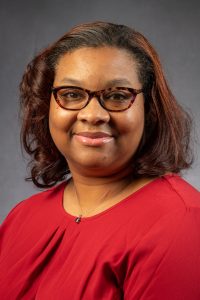
Dr Candice M. Duncan
Environmental Analytical Sciences Lab
Department of Environmental Science and Technology
University of Maryland
College Park, MD
USA
Dr Candice M. Duncan is an Assistant Professor in the College of Agriculture and Natural Resources at the University of Maryland, College Park. Research within Dr Duncan’s laboratory is interdisciplinary, drawing on the fields of Environmental Science and Environmental Chemistry. Her work focuses on the detection, characterisation, and removal of contaminants in the environment. Additionally, Dr Duncan’s specialist techniques and expertise in chemical soil analysis has contributed to our understanding of the lifestyles of early enslaved African and African American people. Dr Duncan also teaches University of Maryland students in the subjects of Geoscience, Soil Chemistry, Environmental analytical techniques, and Remediation. She earned her PhD in Soil, Water, and Environmental Science from the University of Arizona.
CONTACT
E: cduncan1@umd.edu
W: https://agnr.umd.edu/about/directory/candice-m-duncan
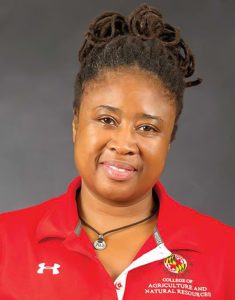
Dr Evelyn E. Cooper
The Graduate School, formerly the College of Agriculture and Natural Resources
University of Maryland
College Park, MD
USA
Dr Evelyn E. Cooper became the Assistant Dean for academic programs in the College of Agriculture and Natural Resources at the University of Maryland in 2012. In this role, she oversaw student support services and served as the director of retention, diversity and inclusion initiatives. This includes implementing the Summer Opportunities in Agricultural Research and the Environment (SOARE) and AgDiscovery programs. Dr Cooper has recently been appointed to Assistant Dean and Chief of Operations of the Graduate School at the University of Maryland. She has been involved in university teaching, research, program development, and administration at the university for more than 25 years. Dr Cooper earned her PhD in Geographical Science from the University of Maryland.
CONTACT
E: ecooper@umd.edu
W: https://anshome.org/dr-evelyn-cooper/
KEY COLLABORATORS
Faculty and Staff in the College of Agriculture and Natural Resources (UMD)
Faculty and Staff in the College of Behavioral and Social Sciences (UMD)
Faculty and Staff in the College of Computer, Mathematical, and Natural Sciences (UMD)
Institutional members of the 1890 Land Grant System (NCATSU, Coppin State U., UMES, and Delaware State U.)
Institutional members of the Maryland Community College community (Prince George’s CC)
Institutional members of Historically Black Colleges and Universities (HBCUs; U. of District of Columbia, North Carolina Central U.)
Institutional members of the University System of Maryland
Staff in the UMD Graduate School
Staff at USDA-APHIS
FUNDING
US Department of Agriculture (USDA)
USDA Animal and Plant Health Inspection Service (USDA. APHIS)
USDA National Institute of Food and Agriculture (USDA NIFA)
USDA Agriculture and Food Research Initiative (USDA AFRI)
National Science Foundation (NSF, USA)
University of Maryland College Park’s College of Agriculture and Natural Resources (AGNR)
FURTHER READING
CM Duncan, J Mainhagu, K Virgone, DM Ramírez, ML Brusseau, Application of phytoscreening to three hazardous waste sites in Arizona, Science of the Total Environment, 2017, 609, 951.
CM Duncan, ML Brusseau, An assessment of correlations between chlorinated VOC concentrations in tree tissue and groundwater for phytoscreening applications, Science of the Total Environment, 2018, 616, 875.
CK Clinton, CM Duncan, RK Shaw, L Jackson, FL Jackson, Identification of trace metals and potential anthropogenic influences on the historic New York African Burial Ground population: A pXRF technology approach, Scientific Reports, 2019, 9, 18976.
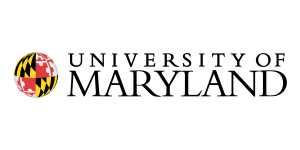
REPUBLISH OUR ARTICLES
We encourage all formats of sharing and republishing of our articles. Whether you want to host on your website, publication or blog, we welcome this. Find out more
Creative Commons Licence (CC BY 4.0)
This work is licensed under a Creative Commons Attribution 4.0 International License. 
What does this mean?
Share: You can copy and redistribute the material in any medium or format
Adapt: You can change, and build upon the material for any purpose, even commercially.
Credit: You must give appropriate credit, provide a link to the license, and indicate if changes were made.
SUBSCRIBE NOW
Follow Us
MORE ARTICLES YOU MAY LIKE
Dr Robert Larkin | Cultivating Change to Improve Soil Health and Increase Potato Yield
Environmental quality and food production are facing the pressing challenges of climate change and global population growth. Dr Robert Larkin from the United States Department of Agriculture-Agricultural Research Service (USDA-ARS) and a team of plant scientists developed and tested a range of crop management systems to help overcome these compounding challenges. Their work is improving soil health and increasing the yield of potato crops, contributing to the future food security of nations.
WVU ADVANCE Center | West Virginia University Team Fosters Group-Level Equity and Inclusivity at Higher Education Institutions
Despite ongoing efforts to broaden participation in the academy, many groups remain underrepresented. More needs to be done to ensure that all faculty and students succeed in institutions of higher education. The WVU ADVANCE Center is an academic hub at West Virginia University, which provides services, events, mentorship opportunities, and other initiatives that promote the sense of belonging that leads to thriving faculty and students.
Dr Arne Stensvand | Thermotherapy: Effective Disease and Pest Management Without Chemicals
Dr Arne Stensvand and his team at the Norwegian Institute of Bioeconomy Research are developing physical methods of pest reduction in plants. The team is specifically interested in strawberry plants, for which pest management is vital for crop success. They are pioneering thermotherapy as a heat treatment method to provide an environmentally effective and economically sound non-chemical approach to pest management.
Dr. Daniel Canfield | Reprioritising Pollution Reduction in Florida’s Lakes
Florida’s landscape is dotted with thousands of lakes that reflect regional geology, topography and anthropogenic activities. Phosphorus and nitrogen are critical nutrients for maintaining the wide range of biological production expressed across Florida, but excessive inputs of these nutrients due to past human activities impair many waters. There has been a long history of work aiming to address associated water quality pressures, and Dr. Daniel Canfield at the University of Florida has been at the centre of these efforts for over 40 years. Now, with the correction of point-source nutrient inputs, Dr. Canfield proposes that holistic lake management, including the integration of in-lake management strategies with a focus on organic sediment removal, should be much more prominent on the US government’s agenda to provide faster restoration of stakeholders’ lake usability.

